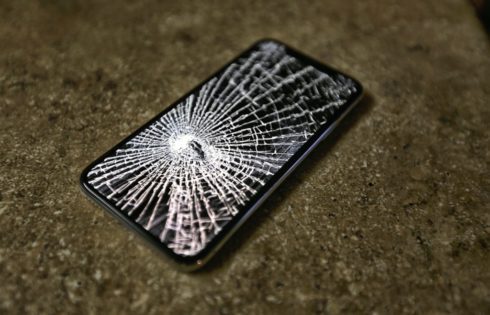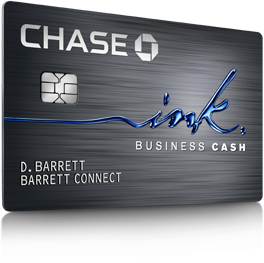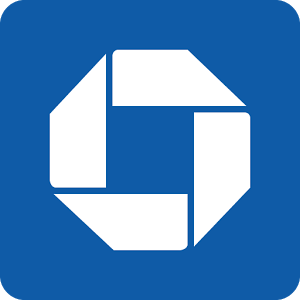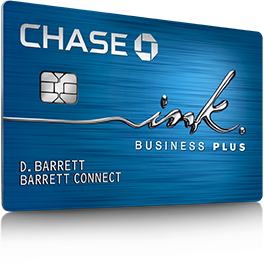
Ultimate Guide to Chase Ink Business Preferred Cell Phone Protection (Insurance) [2021]
The Chase Ink Business Preferred is arguably the most valuable business credit card. It’s one of the best business credit cards for entrepreneurs with it bonus categories on advertising and





